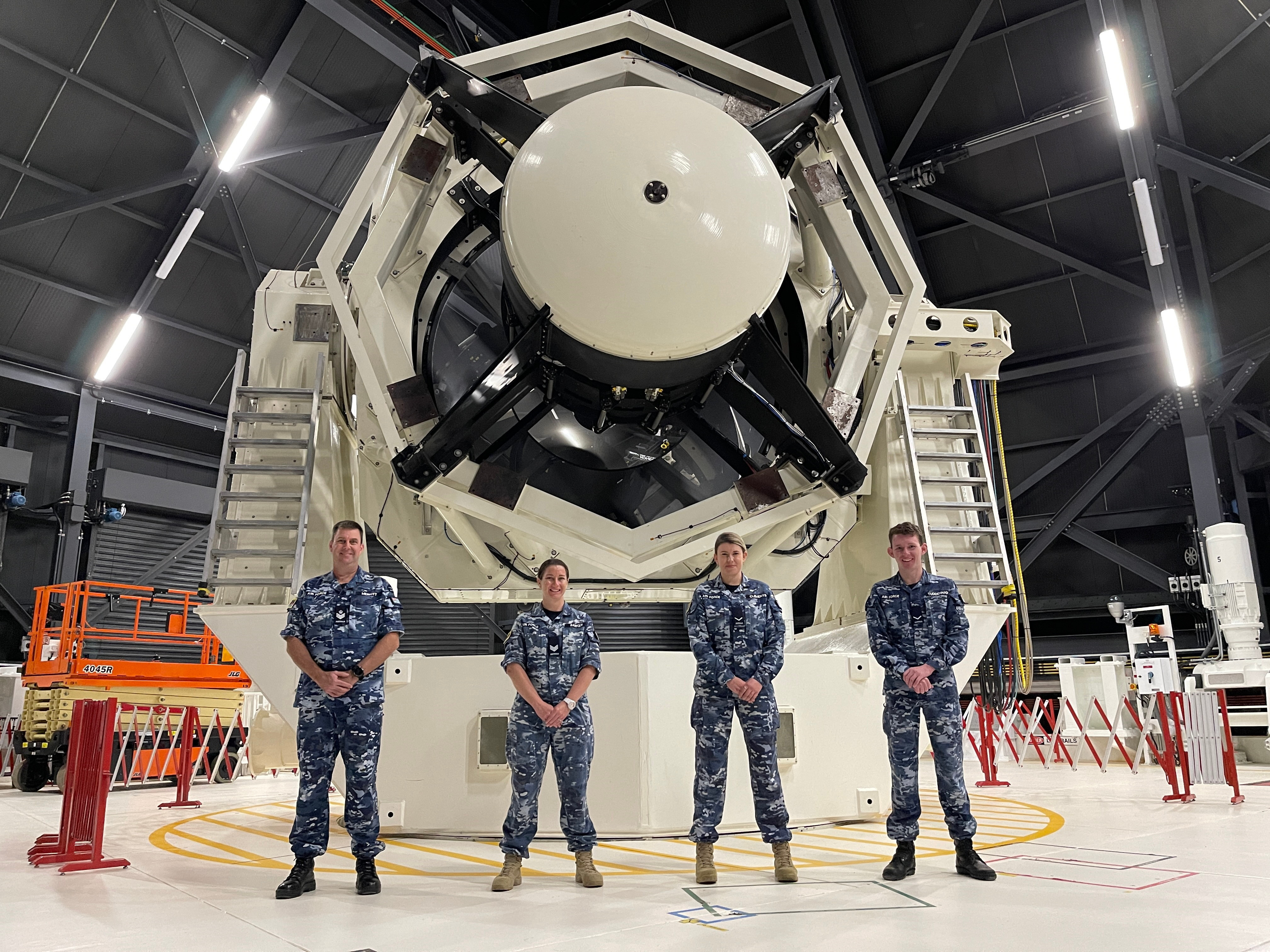WASHINGTON — A U.S.-built space-monitoring telescope that was moved from New Mexico to Western Australia is officially operational, according to Space Operations Command.
The Space Surveillance Telescope was developed by the Defense Advanced Research Projects Agency and the Massachusetts Institute of Technology to locate and track debris in geosynchronous orbit, about 22,000 miles above the Earth’s surface. In 2013, the U.S. Department of Defense signed an agreement with Australia to move the telescope to the Southern Hemisphere to fill a coverage gap.
SST was relocated from White Sands Missile Range, New Mexico, in 2017 and in 2020 captured its first images. Since then, the system has moved through a rigorous test program that culminated in today’s initial operations milestone. The Space Force expects the telescope to be fully operational next year.
“With testing complete, the Space Surveillance Telescope will allow greater space domain awareness by providing ground-based, broad-area search, detection and tracking of faint objects in deep space,” Australia’s Department of Defence said in a Sept. 30 statement.
Under the 2013 agreement, the Royal Australian Air Force and the Space Force’s 21st Space Wing will jointly operate SST. The U.S. still owns the telescope, but Australia is responsible for its operators, training, facilities and infrastructure.
SST is part of the group of satellites and ground-based radars and telescopes that make up the U.S. Department of Defense’s Space Surveillance Network. The SSN tracks thousands of objects, including debris and active satellites.
The domain awareness mission is a top priority for the Space Force and U.S. Space Command. An April report from the Union of Concerned Scientists estimates there are approximately 5,500 active spacecraft on orbit — up from about 1,400 in 2015. Proposals submitted to the Federal Communications Commission in recent years indicate that total could grow by 58,000 satellites in the next decade.
While those systems are providing important services like improved connectivity and communications, a Sept. 29 study from the Government Accountability Office raises concerns about how large constellations could affect the space environment.
According to GAO, the additional congestion increases the likelihood of space debris, creates emissions in the upper atmosphere and disrupts astronomical research by reflecting sunlight and transmitting radio signals.
“Although these effects might be small for single satellites, the effects of many satellites operating in large constellations are larger, or in some cases, unknown,” GAO states.
Speaking Sept. 28 at the virtual State of Defense conference, Vice Chief of Space Operations Gen. David Thompson said the “explosive” growth in satellite traffic makes it more difficult to deconflict objects and avoid collisions. He advocated for the creation of rules and standards for disposing of defunct spacecraft that ensures satellite owners “clean up after themselves.”
“I think we have to start by putting those sorts of controls and norms and standards of behavior in place,” Thompson said. “If we do that, we should be able to manage use of the domain.”
GAO’s study also supported the creation of regulations for repositioning or disposing of old spacecraft and limiting debris — one of four policy options raised in the agency’s report. The other proposals include funding targeted research into technologies that could lessen the impact of large constellations, improving data sharing and improving organization and leadership structures.
“A policy framework consisting of interrelated options could help policymakers and the space community mitigate the potential environmental and other effects of the growth in large constellations of satellites,” according to GAO.










%20Naval%20Group.jfif)










0 Comments